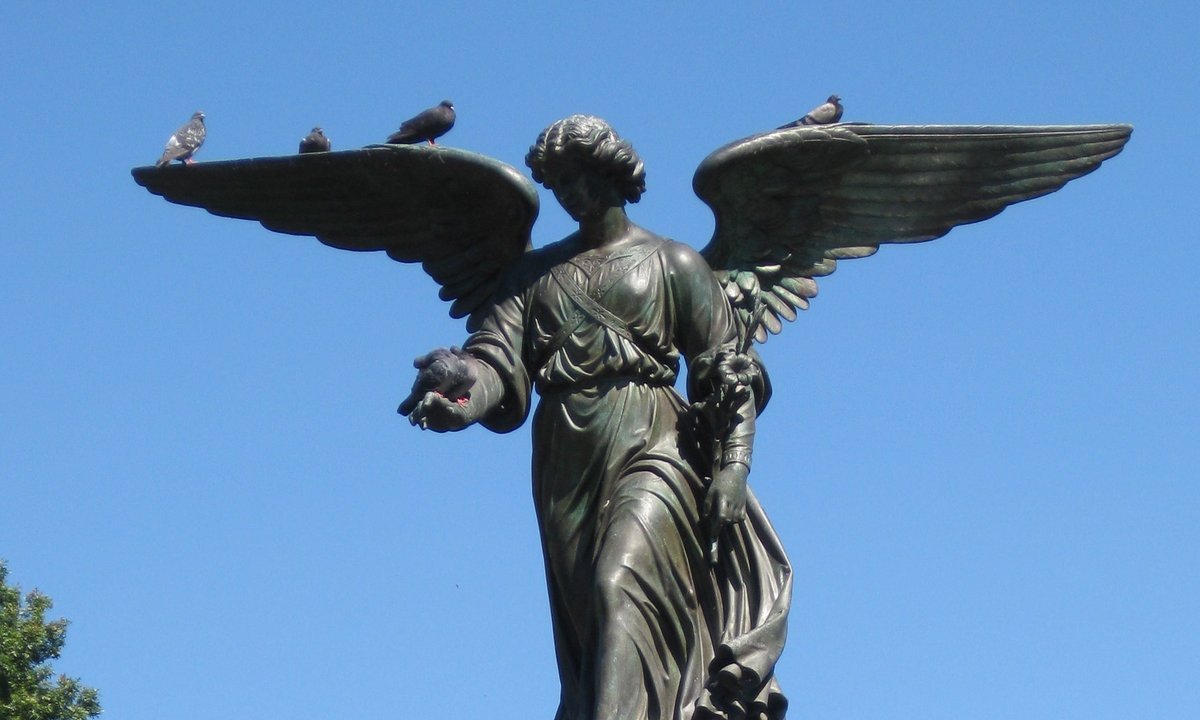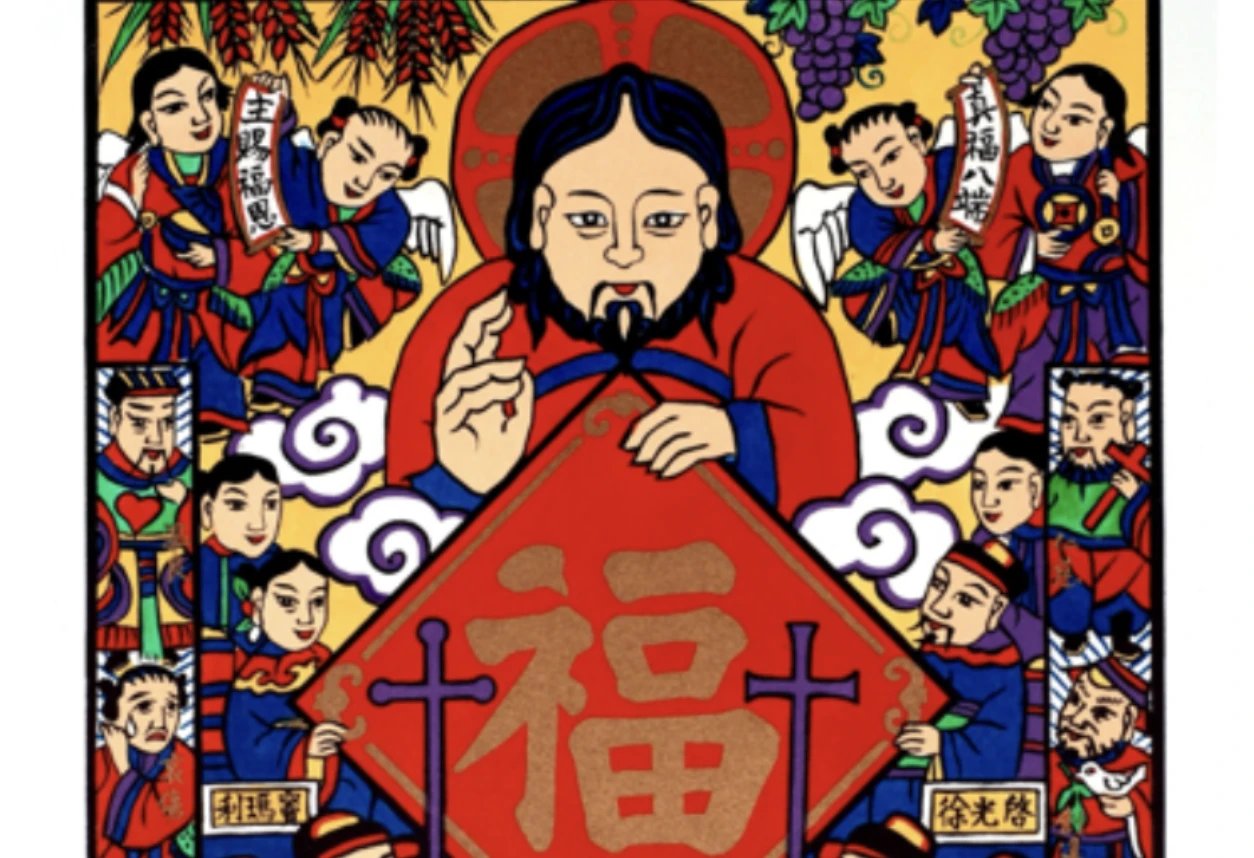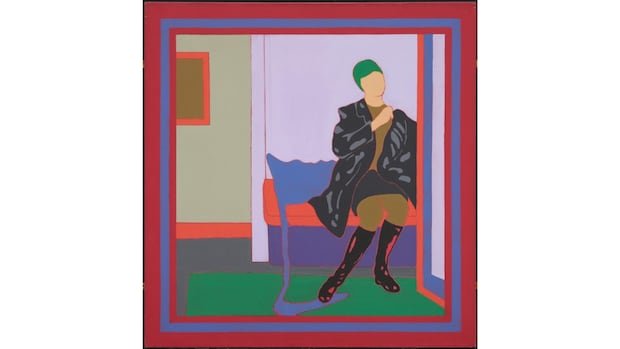There is an ever-growing Mary Reynolds fan club among employees of the Art Institute of Chicago. She was, as her longtime partner, artist Marcel Duchamp, described her, “a great figure in her modest ways.”
Born in 1891, Mary Louise Hubachek grew up in Minneapolis where her father was a lawyer and her mother stayed at home. A photo of Reynolds from when she was nearly two years old captures her chutzpah through a twinkle in her eye, a slightly cocked eyebrow, and a knowing smirk on her sweet little face. She was in all likelihood, as some mothers affectionately call their rambunctious children, “a handful.” I’m sure it was not a surprise to anyone in her life that Reynolds eventually left Minneapolis to attend school at Vassar, the prestigious women’s college in Poughkeepsie, New York, nearly 1,000 miles away from home.
In 1913, after she obtained her bachelor’s degree, Mary returned home to Minnesota where she fell in love and met her soon-to-be husband, Matthew Given Reynolds. Three years later, in 1916, they moved to New York City for Matthew’s job in insurance for a large shipping company. Not surprisingly, they moved to the bohemian neighborhood of Greenwich Village—a hub for artists, writers, and free spirits like Reynolds who were open to possibility (and a good time). The people she met in the Village, including Duchamp, would influence and inspire the rest of Mary’s life.
But tragedy struck when the United States entered World War I; Reynold’s husband enlisted and died just a few years later in 1919. Despite having survived intense trench warfare as commander of an artillery division, his cause of death was influenza.
Matthew Reynolds in France, wearing military uniform, about 1918–19
The Mary Reynolds Collection, Ryerson and Burnham Art and Architecture Archive
Mary was heartbroken and rudderless, and in seeking solace from her grief, she visited her husband’s grave in France to see where he spent his final years—it was there she decided to move to Paris in 1921. Reynolds lived in the Montparnasse neighborhood, home to an international hub of artists that reminded her of her life in Greenwich Village.
In Paris
Reynolds quickly became a fixture in the café scene—smoking cigarettes and talking into the night with artists and writers, many of whom would become lifelong friends. Reynolds’s niece, Marjorie Hubachek Watkins, would visit her in Paris and noted that Reynolds was quite fond of both cognac and chain smoking. She once naively asked her Aunt Mary, “What’s the matter with your fingers?” because they were so brown from smoking.
Upon her move to Paris, she reconnected with Duchamp, and they soon developed a lifelong partnership, initially kept a secret based on Duchamp’s wishes to remain unfettered. After being together on and off for nearly two decades (and after a failed marriage on Duchamp’s part), they made their relationship official much to the surprise of many in their circle who had no clue they were romantically involved!
Her home and studio at 14 rue Hallé had a studio for Duchamp to work, and their home was a hub for artists to relax and unwind. Reynolds was known for her nightly “open houses” where people would gather around the majestic chestnut tree in her garden and drink until all hours of the evening while her beloved cats batted around the fallen nuts between their feet.
[Mary] became a great favorite among the Americans as well as the French, who knew she could always be relied on for coffee or a snifter of brandy.
—Peggy Guggenheim, socialite, art collector, and close friend
When Frida Kahlo arrived in Paris in February 1939 for a Surrealist exhibition organized by Andre Breton (who frustrated Kahlo with his disorganization and inattentiveness), she fell ill with intestinal and kidney troubles and had to stay in the hospital for several weeks. Reynolds barely knew Kahlo, yet she took her into her home and cared for her while she recovered. “Mary Reynolds, a marvelous American woman who lives with Marcel Duchamp, invited me to stay at her house,” Kahlo noted in a letter, “and I accepted gladly because she is really a nice person and doesn’t have anything to do with the stinking ‘artists’ of the group of Breton. She is very kind to me and takes care of me wonderfully.”
Bookbinding
Present as she was at the the birth of Surrealism and surrounded by the movement’s artistic figures—including André Breton, Jean Cocteau, Djuna Barnes, James Joyce, Alexander Calder, and Joan Miró—Mary embarked on her own creative and innovative undertaking.
Reynolds’s captivating collaborations with artists like Alfred Jarry, Jean Cocteau, and Duchamp showcase her clever wit. One of my favorite bindings is on a copy of French philosopher Jean-Pierre Brisset’s book La science de Dieu ou la creation de l’homme (The Science of God or the Creation of Man), a book she likely picked up in a Paris flea market and chose to unbind and rebind. Reynolds attached not one but two nearly identical frog skins to the boards of the bookbinding. Reynold’s design mirrors Brisset’s text, who wrote that man did not descend from apes, but from frogs!
The Mary Reynolds Collection, Ryerson and Burnham Libraries
Another one of her bindings is from a collaboration with Alfred Jarry for his 1902 pseudo-scientific fiction book Le surmâle: roman moderne, which recounts the humorous and often ridiculous sexual exploits of a man with supernatural sexual abilities. Reynolds cheekily affixed a metal corset stay into an inverted set of leather wings on the spine of the book creating a sort of flying super phallus. The metal spring, free from the confines of the book, forces the reader to hold it in place while reading.
Mary Reynolds
The resistance
As World War II approached, Reynolds was an active part of the “French Resistance” and cared for refugees from surrounding countries who began to flood the streets of Paris looking for safe harbor during the Nazi occupation. Her code name was “Gentle Mary” and Constantin Brancusi even called her “a sort of fairy godmother.”
While Duchamp already left Paris for New York City, begging Mary to come with him, Reynolds refused to leave her home, her cats, and the people she was caring for on the streets of Paris. She defended her decision to stay: “For the moment I have a strong feeling that anything I do will be wrong and visiting the sick and caring for the forgotten is just my job—as long as it lasts.” At one point, Reynolds even hid artist Jean Hélion in her house for ten days after he escaped from a German prisoner’s camp.
Soon the German Gestapo took notice of Mary’s activities and one afternoon, after she went across the street to a neighbor’s house, two armed cars surrounded her home. Reynolds narrowly escaped arrest and certain death and she knew it was time to head to the States. In September 1942, Reynolds went to Lyons to await a visa to cross into Spain. After weeks of waiting, she realized the only way to get to Spain was to find a guide who would illegally take her across the border through the treacherous Pyrenees mountains. They walked toe to toe in intense heat and snowstorms through the various climatic zones and dangerous terrain of the mountain range. Mary had few possessions with her on this perilous journey, but she carried a roll of her friend Man Ray’s paintings that she promised to safeguard after he left Paris.
The Mary Reynolds Collection, Ryerson & Burnham Libraries
After three days, Reynolds reached the village of Isaba in Spain where she stayed on a small farm until local police brought her in for questioning. Reynolds needed a special stamp on her visa in order to leave the country. A local man heard of her plight and offered her a loan to secure the stamp. In exchange Mary only had to post a letter to his fiancée in Brazil. She offered him her wedding ring but he gallantly refused her payment. In December 1942, Reynolds finally reached Madrid and sent a telegram to her family telling them she was awaiting passage to the United States. Her brother sent a letter to Duchamp, writing “the cable from Madrid was like getting her back from the dead.”
The Mary Reynolds Collection, Ryerson and Burnham Libraries
After a nearly six-month journey, on January 6, 1943 Reynolds arrived in New York—reuniting with Duchamp in Greenwich Village. However, Paris was her true home, and she returned just six weeks after the war was over in 1945. Sadly, the effects of the war took a toll on Reynolds, and she remained in poor health until her death in 1950 from a tumor in her uterus. She died at home at rue Halle with Duchamp and her cats by her side.
The Mary Reynolds Collection, Ryerson and Burnham Libraries
After her death, Reynold’s brother, Frank “Brookes” Hubachek, a former vice president and trustee of the Art Institute, and Duchamp compiled a book titled Surrealism and Its Affinities: The Mary Reynolds Collection, which included drawings that memorialized Mary. They called upon her artist friends to contribute drawings of Reynolds. Alexander “Sandy” Calder wrote in a letter: “She loved cats. I remember one old moulting cat adopted her on 11 St., and Marcel thought that might well be the means of keeping her in America.”
Alexander Calder
If it weren’t for Duchamp and her brother’s diligence in sending her personal papers and collection to the Art Institute of Chicago upon her death in 1950, her memory may have been buried in the footnotes of her more well-known artist friends and lost to the hands of time. Reynolds had amassed a significant collection of nearly 500 objects, including over 70 of her bindings, foundational and rare surrealist journals, photographs, and 30 years of papers and correspondence, which helped establish the Mary Reynolds Collection in the Ryerson and Burnham Art and Architecture Archives. In addition, her collection of art—personal pieces from dear friends—were added to the museum’s collection.
One such work is a small wooden relief by Jean Arp titled Manicured Relief. The amoebic form looks like a hand—which can provide comfort and relief to a tired body—with painted fingernails. The relief itself and its title, both a pun and a sentiment, seems to have been made with Reynolds’ wit and kind heart in mind.
Jean (Hans) Arp
Her legacy and collection remain a valuable and important resource to researchers and scholars at the Art Institute of Chicago. I hope you too (if you aren’t already) will become a member of the unofficial Mary Reynolds Fan Club and share her legacy with generations to come.
—Mel Becker Solomon, associate research curator and exhibition project manager, Prints and Drawings
Explore more works by Mary Reynolds and the Mary Reynolds Collection.






